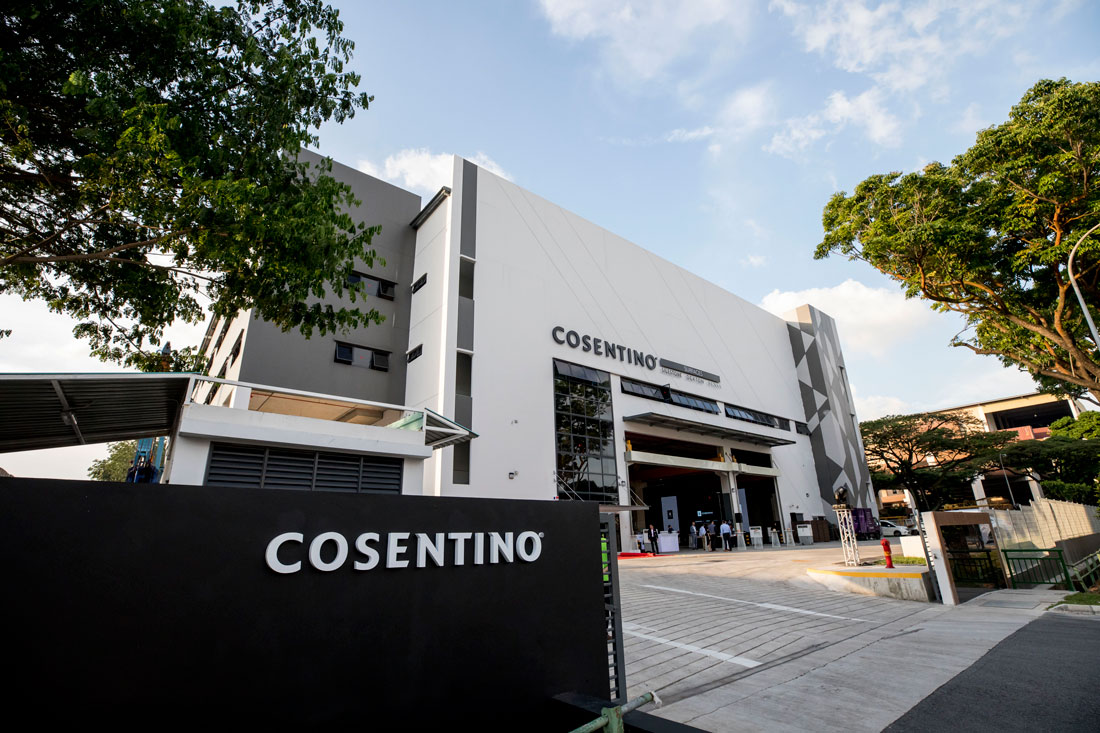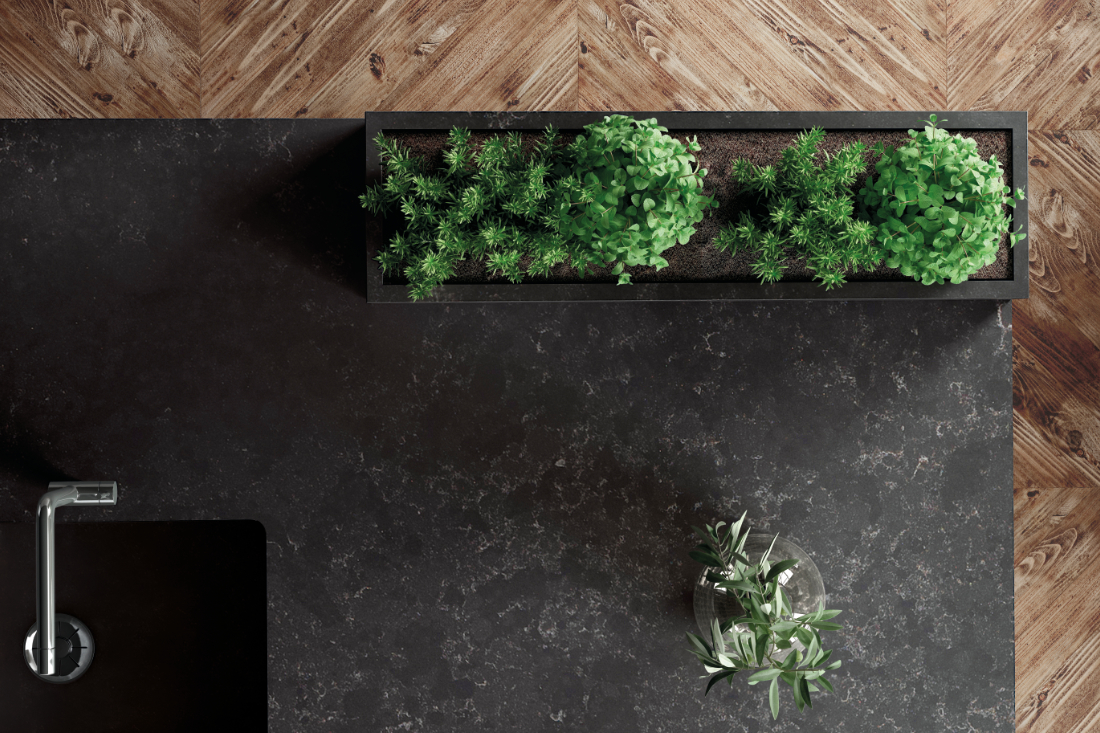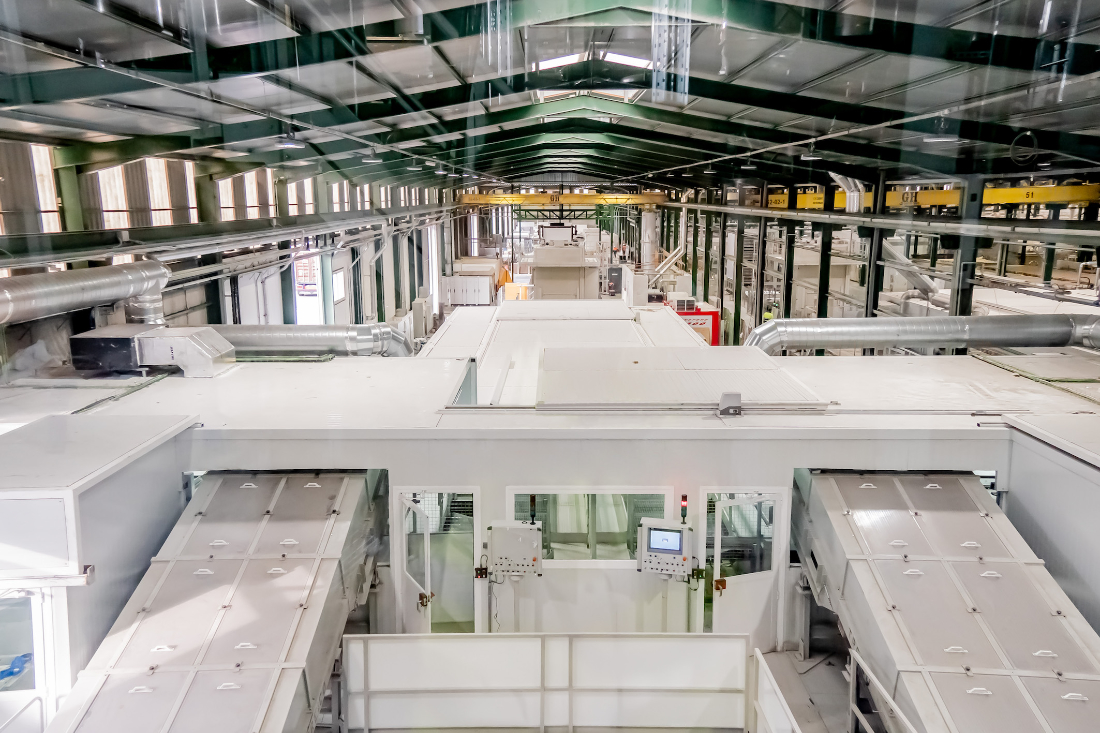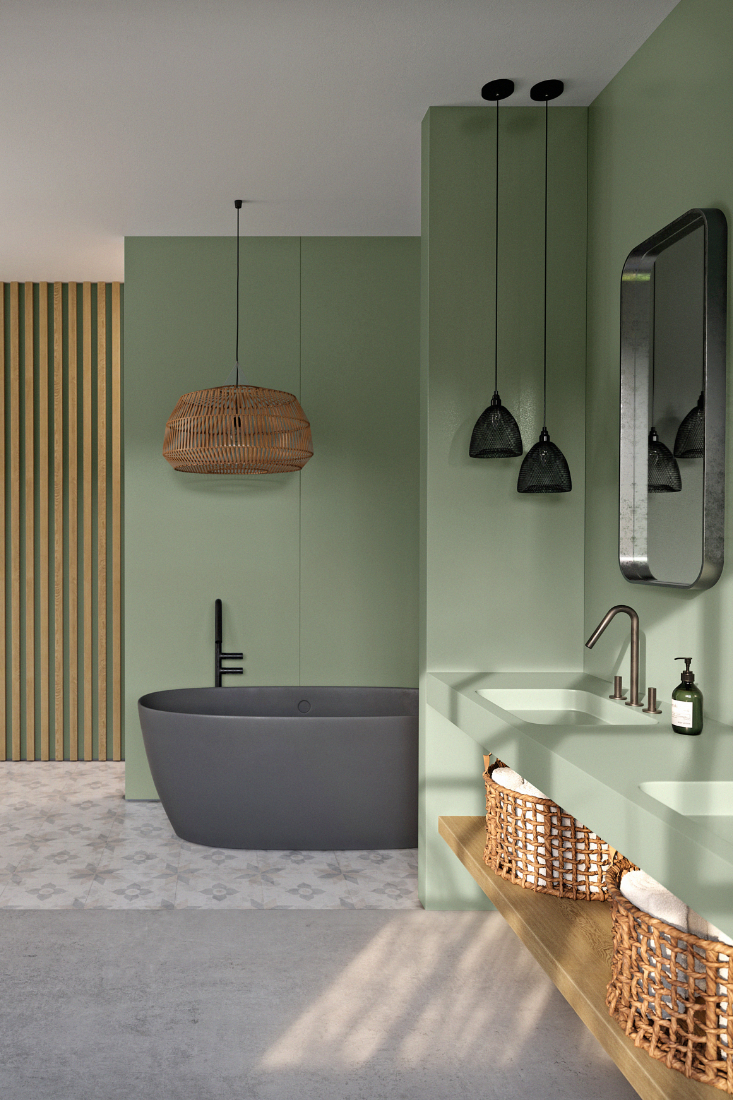Álvaro González, newly appointed Vice President of Cosentino Asia Pacific shares his strategic moves in driving the global architectural surfacing company’s growth in the region.

Álvaro González, Vice President of Cosentino Asia-Pacific
May 18th, 2021
It wasn’t too long ago that Cosentino invested in a new facility here in Singapore (2017), serving as the headquarters for Asia and a logistics hub for the Southeast Asia region. By recognising the immense potential that Asia-Pacific (APAC) had to offer very early on, the global architectural surfacing company that produces Silestone, Dekton and Sensa was able to stay ahead of the game. This and its continuous pursuit in driving sustainability across its entire value chain in recent years have catapulted Cosentino as a standard-setter within its sector.
In another pivotal move to further the global brand’s presence in the APAC region, the company had the Vice President of Cosentino Asia-Pacific role be based in Singapore for the first time ever, having previously been based in Australia. Singapore’s strategic location, highly qualified human capital pool, efficient business and stable political environment were the impetus to this significant manoeuvre.
Taking up the position is Álvaro González, who possesses nearly two decades of business development and supply chain experience. Before moving to Singapore, González led Cosentino’s business expansion in Southeastern United States, and was previously the regional director for the Middle East and North Africa region.
With great enthusiasm and a clear objective to ensure Asia and Oceania will play an important role for Cosentino in the coming years, the Madrid-born executive looks to grow the business in the APAC region to a level on par with the U.S. market, of which the latter represents around 58% of Cosentino’s total global sales. This is undoubtedly an ambitious goal given the recovering economy caused by the pandemic, but one that González is confident of achieving. We hear more of his business strategies.

Cosentino Centre Singapore
What are your plans for Cosentino’s expansion and growth strategy in the APAC region?
We have plenty of opportunities in APAC, as compared to Europe and the USA where we are already established. We are going to keep investing in our people to build a very strong team in this part of the world. We are working to strengthen our position in the retail business through strong alliances and marketing collaborations with kitchen and bath studios, and interior designers. We are also expanding our scope in terms of applications and aim to be a key player in the flooring, cladding and facade world. The new colours and formats that we are launching to the market will be the best fit for those applications.
Most importantly, we will be doing all this in a sustainable way. With the new reformulated Silestone with HybriQ and ultracompact Dekton, we will be transmitting to the value chain and the end consumer the way Cosentino sees the present and future of the architectural surfaces.
In the last quarter of this year, we will be opening our new Cosentino Cities in Singapore and Tokyo. We will be moving to a new showroom in Singapore that is double the size of our current one, promising a whole new and exciting experience for the wider architecture and design community, and end consumers. The opening of Cosentino City in Tokyo represents our clear intention to invest in Japan, where we are building a great team to explore all the channels and applications that our materials can cover.

Silestone Loft with HybriQ in Corktown
How is Cosentino leading the sector in pushing for greater adoption of a circular economy?
Sustainability and respect for the environment are fundamental pillars for the growth of Cosentino. We believe in creating products that stay in use longer and offer the best qualities of respect for the environment and safety. As a global leader in the surfaces industry, Cosentino has assumed its own particular role by encouraging innovation and continuous improvement to move towards a circular economy model that promotes the efficient use of resources, and the minimisation and recovery of waste. We focus on the waste generated as part of the raw material treatment process and in the production of our surfaces.
One of the most important recent milestones has been the launch of an in-house waste management plant, which represents an important advance in the recovery strategy whereby waste becomes a potential resource. Each year, we continue to work on increasing the proportion of recovered or recycled raw materials in our products through improvements in production processes and R&D. In 2020, Cosentino recovered 33% of waste generated and produced 1.45 million square metres of surfaces using recovered materials.

The interior of Silestone plant
What are your views on the industry’s attitudes toward a circular economy and how possible is it for all businesses to adopt this practice?
There remains some resistance in the adoption of a circular economy, especially as it involves a considerable amount of investment and time before the benefits are seen. From a company’s perspective, the goal is to make constant progress on the road to excellence and assume the highest standards of quality and respect for the environment. With this objective, companies can commit to innovation and continuous improvement to advance towards a model of a circular economy.
On a larger level, raising awareness of the benefits of a circular economy is necessary across governments, businesses, the public and society as a whole. If there are conducive policies and an enabling environment to support the transition to a circular economy, businesses would be more willing to take the first leap.
How have the A&Ds and consumers’ changing behaviours impacted Cosentino’s product development?
With A&Ds, we maintain close relations and get continuous feedback from these professionals. Cosentino collaborates with architects and designers to develop new innovative surfaces and launch specific collections. With these collaborations, we aim to have these professionals involved in the whole creative and design process to ensure that Cosentino’s colours, textures and designs are very much aligned with their tastes and with the market trends. One such collaboration is with Daniel Germani where we have launched the groundbreaking Dekton ‘Industrial Collection’ and Dekton ‘Chromica’.
With regard to consumers, Cosentino City becomes an important point of connection for the segment. We see many walk-ins on a daily basis even though the experiential space was designed for the professionals in mind. In the showroom, we not only share trends and new designs, we are also able to hear the voice of the consumer segment. We also pay special attention to their needs and requirements. The interaction with them is a great source of inspiration for a customer-centric company like ours to continuously improve our products and services. Having said that, there is not much of a difference between both markets considering that professionals like A&Ds inspire end users.

Silestone Sunlit Days with HybriQ in Posidonia Green
What has been one of the most significant innovations in Cosentino?
The new Silestone featuring HybriQ technology. Cosentino has invested more than three years and millions of dollars to develop this proprietary technology that will set a new standard in the industry of quartz surfaces. HybriQ is Cosentino’s strategic response, as a global leader, to a society that is increasingly demanding more sustainability from products and more responsibility from brands.
In terms of composition, HybriQ uses a new hybrid formulation of premium mineral raw materials with equal or better performance than quartz and recycled materials produced through a sustainable manufacturing process. The result is an eco-friendlier Silestone with the same mechanical and technical performance as its predecessors. Apart from that, we are also launching the world’s first carbon neutral Silestone collection in the quartz surface industry, Sunlit Days.
Sounds exciting. What else is in the pipeline for Cosentino Asia Pacific?
In addition to the two new Cosentino Cities, we are expecting to see more important façade references installed in countries as Singapore, Taiwan, Korea, China, Australia and New Zealand featuring Dekton. We are also launching our C TOP programme for interior designers. With this platform, interior designers will have access to all our products, prices, photo gallery and technical information, and they will be able to order materials online and upload their works to have exposure in C TOP.
We are also launching more colours for Silestone with HybriQ technology that are more environmentally friendly and versatile for multi-applications. As a company, we are also ramping up our CSR initiatives with local and regional based organisations in addressing the climate and environmental concerns, starting with ocean conservation.
A searchable and comprehensive guide for specifying leading products and their suppliers
Keep up to date with the latest and greatest from our industry BFF's!

BLANCO launches their latest finish for a sleek kitchen feel.

With the exceptional 200 Series Fridge Freezer, Gaggenau once again transforms the simple, everyday act of food preservation into an extraordinary, creative and sensory experience, turning the kitchen space into an inspiring culinary atelier.

Elevate any space with statement lighting to illuminate and inspire.

In this candid interview, the culinary mastermind behind Singapore’s Nouri and Appetite talks about food as an act of human connection that transcends borders and accolades, the crucial role of technology in preserving its unifying power, and finding a kindred spirit in Gaggenau’s reverence for tradition and relentless pursuit of innovation.

This upcoming panel, “What Comes Next In Workplace Design?” will address the evolving landscape of the commercial sector in the wake of the pandemic.

This upcoming panel, Sustainability in Transport Design & Assessing Environmental Impact, will explore the sustainability initiatives at the heart of transport design.
The internet never sleeps! Here's the stuff you might have missed

The Man x Machine x Material collaboration by Jarrod Lim and The American Hardwood Export Council explores how generative AI can enhance design processes while also revealing the areas where human intuition remains irreplaceable.

Tech-accounting firm Hnry partnered with DGSE to transform their Wellington office into a bold, creative hub, brought to life with Milliken carpet flooring.